Empowering all students: how disability services can reach the missing 65%
The 65% of unsupported students represent an opportunity for transformative change. Here we explore how overstretched and under-resourced disability service professionals can reach all the students that need their help.
 3 min read
3 min read
 Published: 12 Jul 2024
Published: 12 Jul 2024
 Jacob Goodwin
Jacob Goodwin
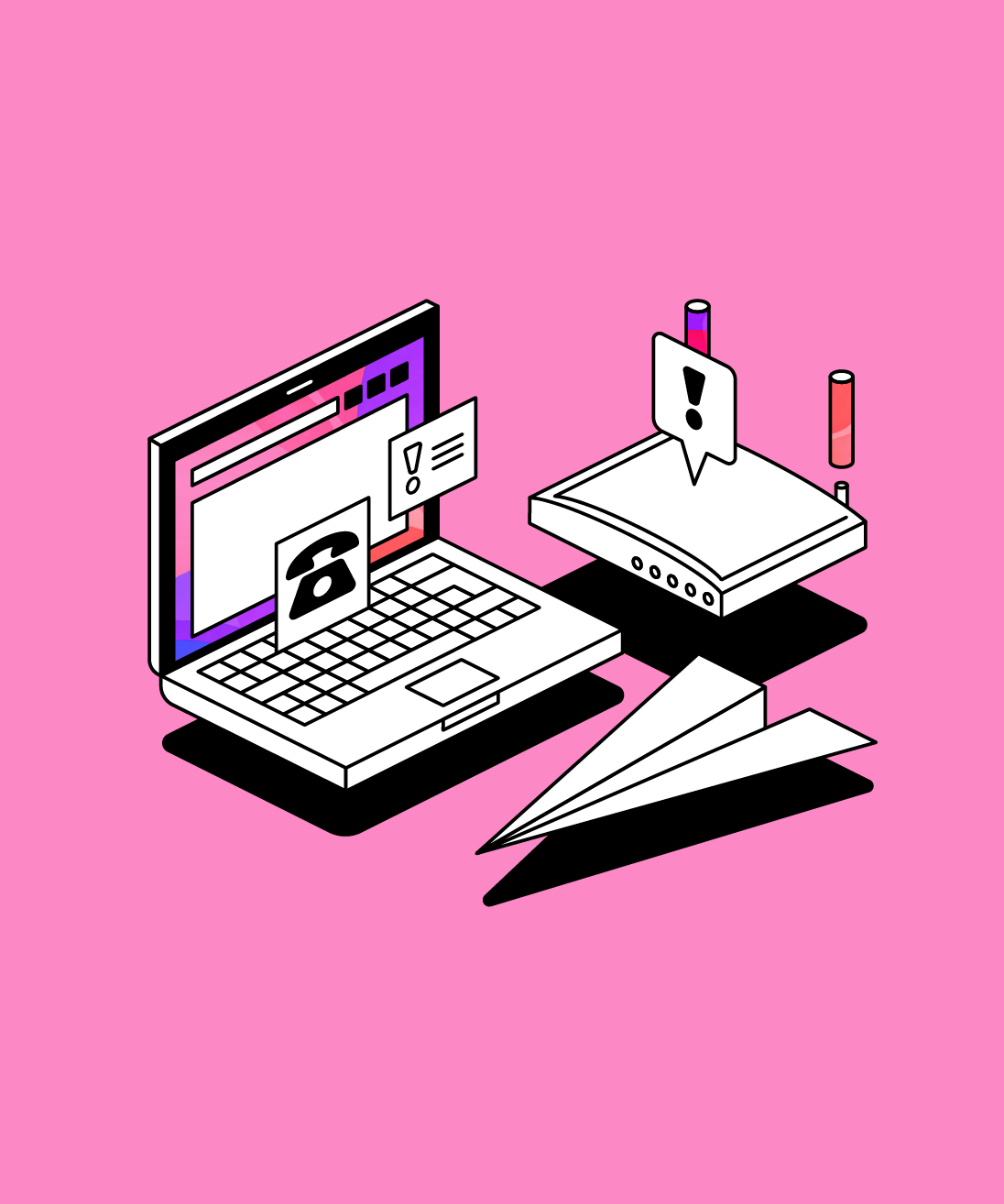
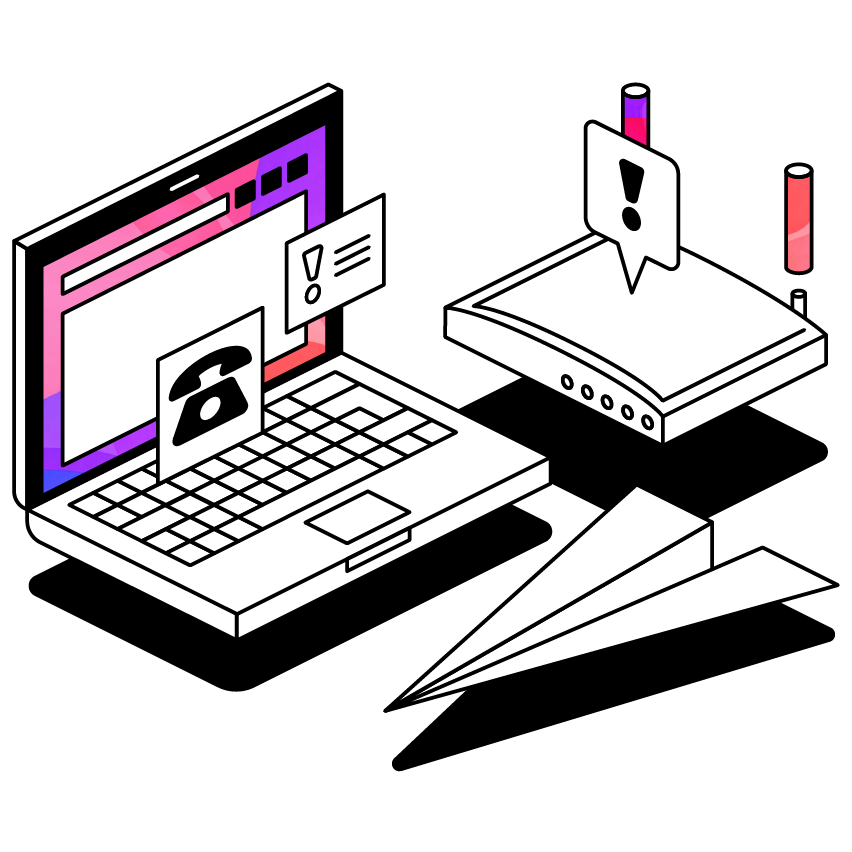
Disability services professionals across the globe are working tirelessly to serve their student populations. And yet, a significant 65% of students who require disability support are not receiving it.
This presents a critical challenge for disability services offices, already stretched thin with burgeoning caseloads and limited resources. There is, however, light at the end of the tunnel.
By adopting a proactive approach and implementing effective strategies, it's possible to bridge this gap and empower all students, regardless of their disclosed disabilities.
The unseen struggle: the missing 65%
The research highlights a wide range of reasons why students may not seek the support they need.
Many students hesitate to disclose their disabilities or ask for help, feeling uneasy about the process of self-advocacy. The fear of being stigmatized can also prevent students from seeking support, leading them to attempt to manage their challenges alone.
Additionally, some students may not be aware of the support services on offer to them, or believe their struggles aren't significant enough to warrant assistance. Students' needs can also vary over time, creating complex barriers that make seeking help daunting.
This 65% represents a vast, untapped potential for positive impact. However, disability advisors are already supporting an average of three times the recommended number of students. If this missing majority were to seek support, the workload could become unmanageable.
Universal Design for Learning (UDL): a proactive and inclusive approach
Universal Design for Learning (UDL) is an educational framework that aims to create an inclusive learning environment that caters to the diverse needs of all students.
UDL shifts the focus from reactive accommodations to proactive design, ensuring that learning experiences are accessible from the beginning.
At its core, UDL is based on three principles:
- Multiple means of engagement: this principle emphasizes providing various ways for students to interact with and participate in the learning process. This can include incorporating different learning activities, offering choices, and fostering collaboration.
- Multiple means of representation: this principle involves offering different ways to present information and content. This could mean using visual aids, auditory materials, and hands-on activities to accommodate diverse learning styles and preferences.
- Multiple means of action and expression: this final principle allows students to demonstrate their understanding and skills in various formats. This can include written assignments, presentations, and creative projects.
By minimizing barriers and maximizing flexibility, UDL not only benefits students with disabilities but also enhances the learning experience for all students. Research indicates that UDL implementation leads to reduced workload for disability services, improved student outcomes, and increased confidence and engagement.
The crucial role of disability services
While the ideal scenario involves campus-wide UDL advocacy, disability services professionals are uniquely positioned to spearhead this movement.
They can educate faculty about the benefits of UDL, addressing specific concerns and highlighting positive student outcomes. By tailoring their approach to resonate with faculty and providing practical examples of UDL implementation, disability services professionals can foster a culture of inclusivity.
Sharing success stories of UDL's positive impact on student engagement, achievement, and overall well-being can inspire others and demonstrate its effectiveness. Collaboration with departments like student affairs, IT, and faculty is also crucial for creating a comprehensive UDL strategy that benefits the entire campus community.
How to advocate for UDL
As an example of advocating for UDL, we recently spoke with Timothy McHenry, Technical Director at Missouri State University, who has a wealth of experience in both tech and disability services.
He's passionate about making accessibility a reality on campus, and has shared some top tips and tricks for advocating across campus.
- Persistence is key
- Educate faculty by addressing specific concerns
- Tailor your approach and speak their language
- Highlight the positive outcomes for the student
- Give practical examples
- Share success stories
Universal access to assistive technology
Assistive technologies are vital tools that empower students to overcome learning barriers and achieve their full potential. By making these technologies universally accessible, institutions can ensure that all students have the support they need.
To maximize the impact of assistive technology, institutions should opt for providers that enable students to access and manage their tools independently, streamlining the process for both students and disability services.
Exploring Site Wide options can offer cost-effective access to Glean’s assistive technology for all students. Wondering how you can achieve this in your institution? Here are two examples:
- The Berkshire Method: The Coordinator of Disability Resource Center knew that offering Glean to support all students may be attractive to the institution.
They introduced us to the Assistant Dean of Student Affairs, who agreed. From here, they managed to get a Site Wide contract signed off, claiming funding support through the Disability Office. - The Tacoma Community College Method: The Disability Services coordinator saw the value that Glean could offer to their students with accommodations and knew that offering Glean to all students would be equally beneficial.
They raised it to the Director of Disability Services Department to explore funding opportunities as well as to the Student Government to source additional funding to move Site Wide. Next, they had to convince the Student Government & Student Fee Board to grant funding using the data and success Glean had already achieved on campus.
Tacoma Community College successfully signed off on Site Wide, claiming funding support through the Student Tech Fee.
The 65% of unsupported students represent an opportunity for transformative change. By embracing Universal Design for Learning, advocating for accessibility, and leveraging assistive technology, disability services professionals can empower all students to succeed, creating a more inclusive and equitable educational landscape.
More from Supporting Students
View All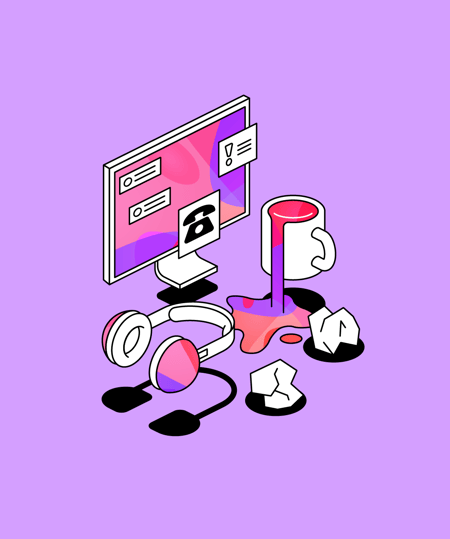
 3 min read
3 min read
Understanding and supporting time poor students in higher education
Here, we take a deeper dive into who the time poor learners are, and their unique challenges. Explore strategies to support students juggling multiple roles and responsibilities, to create a more inclusive and flexible learning environment.
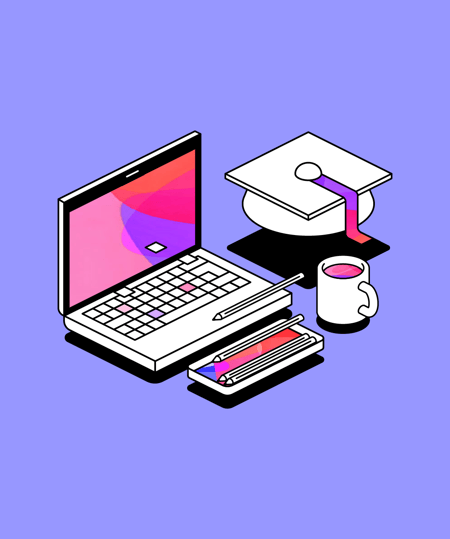
 3 min read
3 min read
Navigating the AI landscape in education: Helping or hindering student success
AI has transformed what it means to teach and to learn. It is crucial now for higher education leaders to determine how they deploy AI to help, rather than hinder, student success.
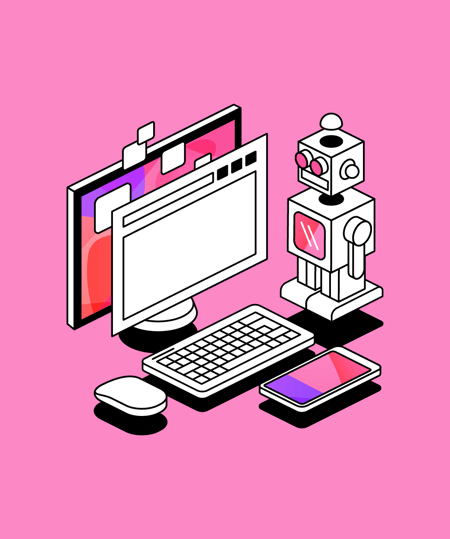
 2 min read
2 min read
Practical strategies to support neurodivergent students
Ellie, a late diagnosis neurodivergent student, draws from her personal experiences to offer guidance and practical strategies for disability professionals, to help create a more inclusive campus and classroom.





